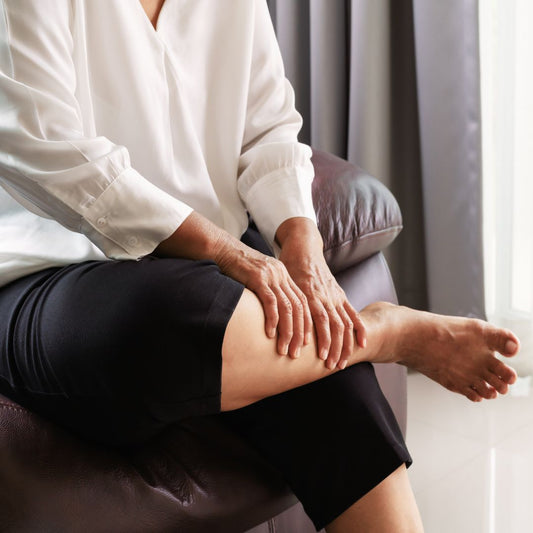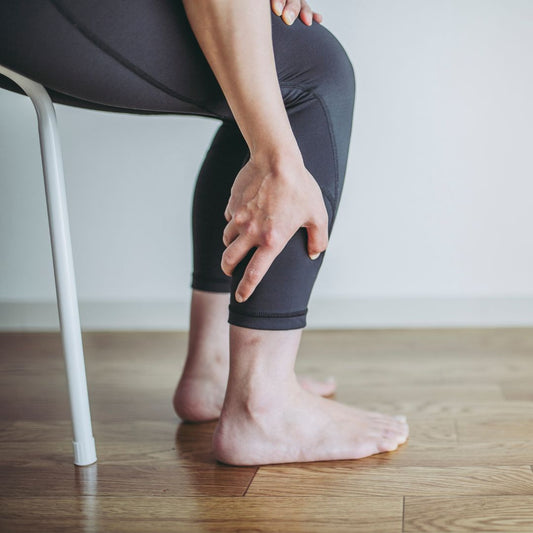Essential oils. What are they exactly? At some point, you have probably heard a family member or friend mention them, seen essential oils at the store, smelled the aroma from a diffuser or been asked to use them in a spa treatment. While essential oils are a popular form of aromatherapy treatment, you might still feel lost on how they can benefit you after using these oils captured from plants. Don’t worry, we will break it down for you below.
What Are Essential Oils?
Essential oils are compounds extracted from plants leaving the “essence” i.e. plant’s scent or flavor to be obtained through distillation to then use to treat common ailments. They’re created by steaming or pressing various parts of a plant to acquire its fragrance and can take several pounds of a plant to produce a single bottle of oil.
Common essential oils are lavender, peppermint, eucalyptus, lemon, frankincense, cedarwood, vetiver, cypress, fennel and many more.
So, who discovered the benefits of plant oils?
Well, the use of essential oils dates backs centuries. They have been used by several cultures for religious purposes and as method of healing the sick for thousands of years. Historically, it has been shown that Egyptians used aromatic oils as early as 4500 B.C.E but were most famous for their herbal preparations, “Kyphi,” which was a mixture of 16 ingredients that could be used as incense, perfume or medicine. Essential oils can also be traced back to Chinese, Indian, Greek and Roman history to treat infections and overall health.
And while medication has come a long way since then, essential oils are still used worldwide as, a form of alternative medicine that employs plant extracts to support health and well-being.
How Do They Work?
Today, essential oils are typically used in the practice of aromatherapy for therapeutic benefit. They are not to be consumed orally but to be inhaled, which allows the scent molecules to travel from the nose directly to the amygdala, the emotional center of the brain.
They can also be used by massaging onto the skin for absorption to help improve sore muscles and relaxation. Many uses of essential oils are targeted for anxiety, depression, nausea, sleep disorders, muscle tightness, pain management, etc.
Various oils have different uses, for example, someone might use lavender to relax and reduce anxiety, while someone else may use cypress for muscle plain. It’s important to understand which plant oil will work best for your current ailment.
Certified Pure Oil Vs. Other Oils
Essential oils seem to be something you can purchase everywhere, so what distinguishes something you see at the grocery store vs. a certified pure oil?
Well, for starters, the way that oils are made is important, as essential oils obtained through chemical processes are not considered true essential oils. When looking at labels you want to be sure that the essential oil that you’re using is only using plant extracts that pass purity standards.
At Forces of Nature, we insist on this quality standard to avoid any additional unwanted chemicals, which can slow down healing, or in some cases, worsen conditions. That said, it’s always smart to read ingredients to make sure that you’re using the best of the best.




